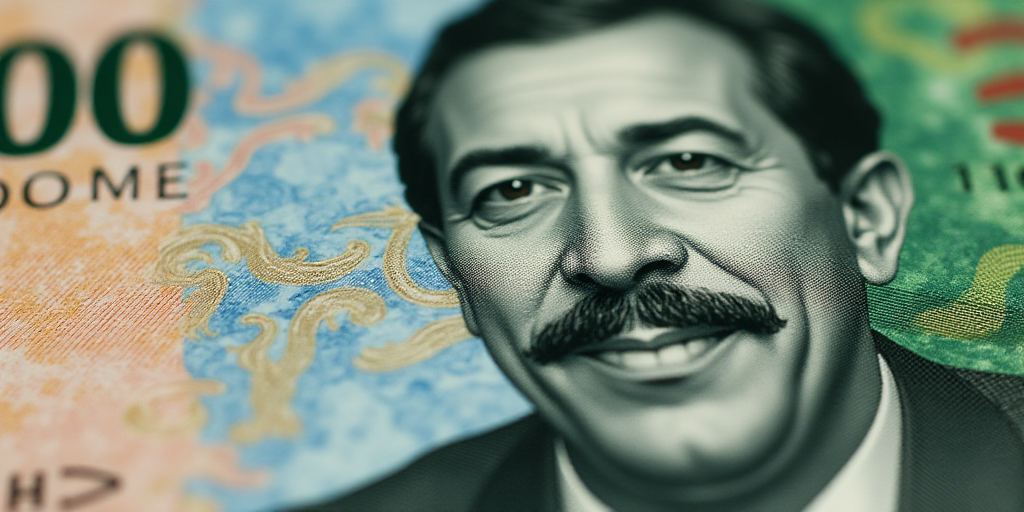Strong US Data Boosts Dollar
A series of robust economic indicators from the United States and a 25 basis points rate cut by Mexico’s central bank, Banxico, have led to a moderate decline in the Mexican peso against the US dollar.
- US Jobless Claims: The number of new claims for unemployment benefits in the US fell to 218,000 last week, below the expected 235,000 and the previous week’s figure. This data contributed to the strengthening of the dollar.
- GDP Growth: The third estimate for the US GDP growth in Q2 came in at 3.8% annualized, surpassing the forecast of 3.3%. Additionally, orders for durable goods increased by 2.9% in August.
- Fed Expectations: Market participants anticipate a 25 basis points rate reduction by the Federal Reserve in October, with an 87.7% probability, according to FedWatch data.
Banxico Reduces Interest Rate
In line with market expectations, Banxico lowered its benchmark interest rate by 25 basis points to 7.5% on Thursday. The central bank decided to continue reducing the rate due to the inflation outlook.
- Inflation Data: The consumer price index for August showed a 3.57% increase, while the inflation rate for the first half of September came in at 3.74%, both below Banxico’s target.
- Rate Cut Impact: Despite the rate reduction, which implies lower returns on investments, local instruments can still attract capital flows due to the carry trade.
The Mexican peso weakened to 18.5052 per dollar during Thursday’s trading, down from Wednesday’s 18.4276, marking a 0.42% decrease. The dollar’s strength was further supported by the US data and expectations of a Fed rate cut, as explained by Felipe Barragán, Pepperstone’s strategy researcher for Latin American markets.
Since early 2024, Banxico has reduced its benchmark rate by 375 basis points from its peak of 11.25% amidst a slower-growing economy. Although the recent rate cut has kept the peso below the 18.50 threshold, the carry trade remains significant in attracting capital to local instruments.
Key Questions and Answers
- What caused the Mexican peso to weaken? The peso depreciated due to a stronger US dollar, fueled by robust economic data from the United States, and Banxico’s expected rate cut.
- What were the key US economic indicators? New jobless claims fell to 218,000, surpassing expectations of 235,000. The US GDP growth rate for Q2 was revised up to 3.8%, and orders for durable goods increased by 2.9% in August.
- What is the expected action from the Federal Reserve? Market participants anticipate a 25 basis points rate reduction by the Federal Reserve in October, with an 87.7% probability.
- How did Banxico’s rate cut impact the Mexican peso? Although the rate reduction implies lower returns on investments, local instruments can still attract capital flows due to the carry trade.






